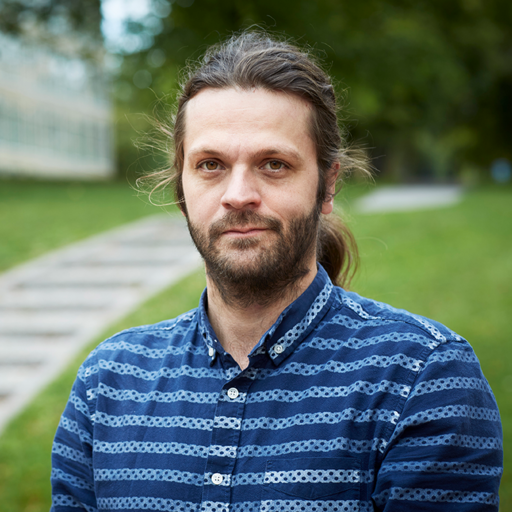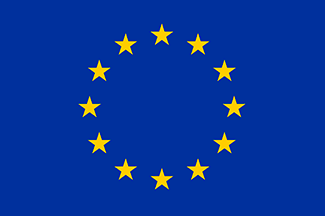
In my project, I will examine the hypothesis that the cerebellum functions as and internal clock and how the dysfunction of this clock may give rise to abnormal temporal discrimination in Parkinson’s disease patients. I will use the technology of magnetoencephalography to non-invasively record neural activity of the cerebellum as it unfolds.
The cerebellum is an understudied part of the human brain for two reasons. Firstly, it has been believed to be related only to motor behaviour and coordination, Secondly, it has been believed difficult to image with neuroimaging techniques. Recent studies however has shown that the cerebellum is involved in many cognitive domains, e.g. memory, language, arithmetic, emotion processing, etc., that the cerebrum is involved it. Furthermore, it has been demonstrated recently that magnetoencephalography is sensitive to neural activity from the cerebellum. In my own line of work, I have found evidence of the cerebellum timing and predicting sensory stimulation.
The time is thus ripe for a full investigation into the cerebellum as an internal clock using magnetoencephalography and the implications of its potential dysfunction in Parkinson’s disease patients.
Project title: The cerebellum as an internal clock – altered cerebellar activity in Parkinson’s disease giving rise to abnormal temporal discrimination?
Area of research: Cognitive Neuroscience
Fellowship period: 1 Dec 2020 - 31 Jan 2024
Fellowship type: AIAS-COFUND II Marie Skłodowska-Curie fellow

This fellowship has received funding from the European Union’s Horizon 2020 research and innovation programme under the Marie Skłodowska-Curie grant agreement No 754513 and The Aarhus University Research Foundation.
